Peace Corps Writers Best Photography Award named in honor of Rowland Scherman
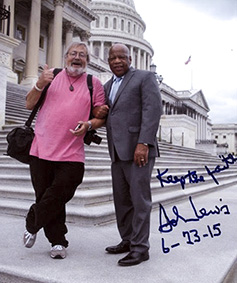
Rowland and John Lewis
Photo by Sweet William (Peru 1964-66)
Rowland Scherman was the Peace Corps’ first photographer beginning in 1961 traveling around the world documenting Volunteer’s lives and work. He was just beginning his career working for the Peace Corps as a photojournalist when the U.S. Information Agency (USIA) handed him an assignment in August of 1963: A civil rights march, they said. In Washington. Scherman didn’t realize that he’d been assigned to cover one of the most monumental events in U.S. history. But there was a catch: the photos wouldn’t belong to him, they would belong to USIA, whose purpose was to use media to help improve the United States’ image abroad.
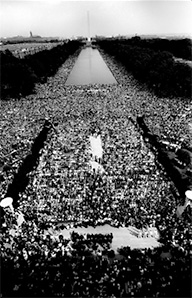
March on Washington — Rowland Scherman, August 1963
Nevertheless, he did his duty faithfully at the March on Washington on that hot August day, capturing the sandwich-makers and the children who arrived with their parents on school buses, as well as the celebrities who spoke from the podium. He shot from the top of the Lincoln Memorial and from down near the Reflecting Pool. One image in particular—of a somber young black girl holding a flag that reads “I was there”— became one of the most famous and iconic images from that day. He handed in his film and went on with his life. But occasionally he’d see an image reproduced somewhere — in a movie, on a poster — and think, “That’s one of mine.” Now housed at the National Archives, Scherman’s collection remains one of the most enduring chronicles of the March on Washington.
Rowlands photographs have appeared in Life, Look, Time, National Geographic, Paris Match and Playboy, among many others. He photographed many of the iconic musical, cultural, and political events of the 1960s, including the 1963 Newport Folk Festival, the Beatles first US concert, and Woodstock. He won a Grammy Award in 1968 for his photograph for the record cover of Bob Dylan’s Greatest Hits. His published collections include Love Letters, an alphabet formed by posed dancers, and Elvis is Everywhere.
Rowland lives today in Amherst, Mass. The University of Massachusetts is archiving his photography for historical and educational uses. Timeless, a book of his photos has been published by Peter E. Randall.
A documentary movie was made about Rowland Scherman by Chris Szwedo, called Eye on the Sixties; it has been shown on public television and at the Smithsonian.
Here are a few of Rowland’s famous photos . . .
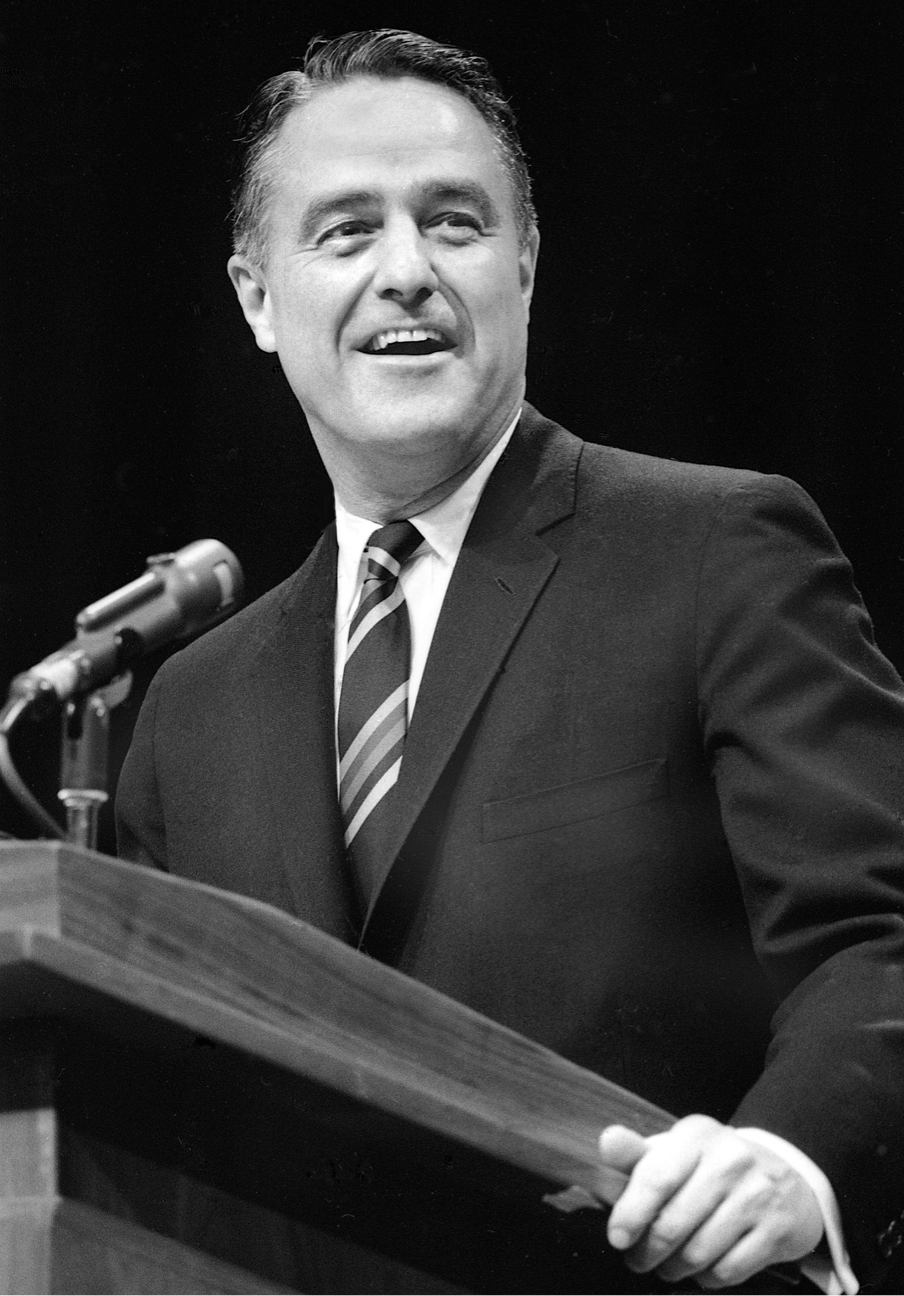
R. Sargent Shriver — Rowland Scherman
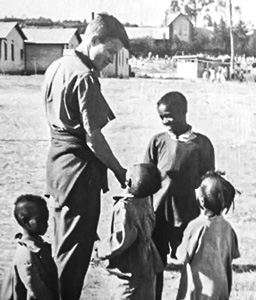
PCV Sam Fisk (Ethiopia 1962–64) — Rowland Scherman
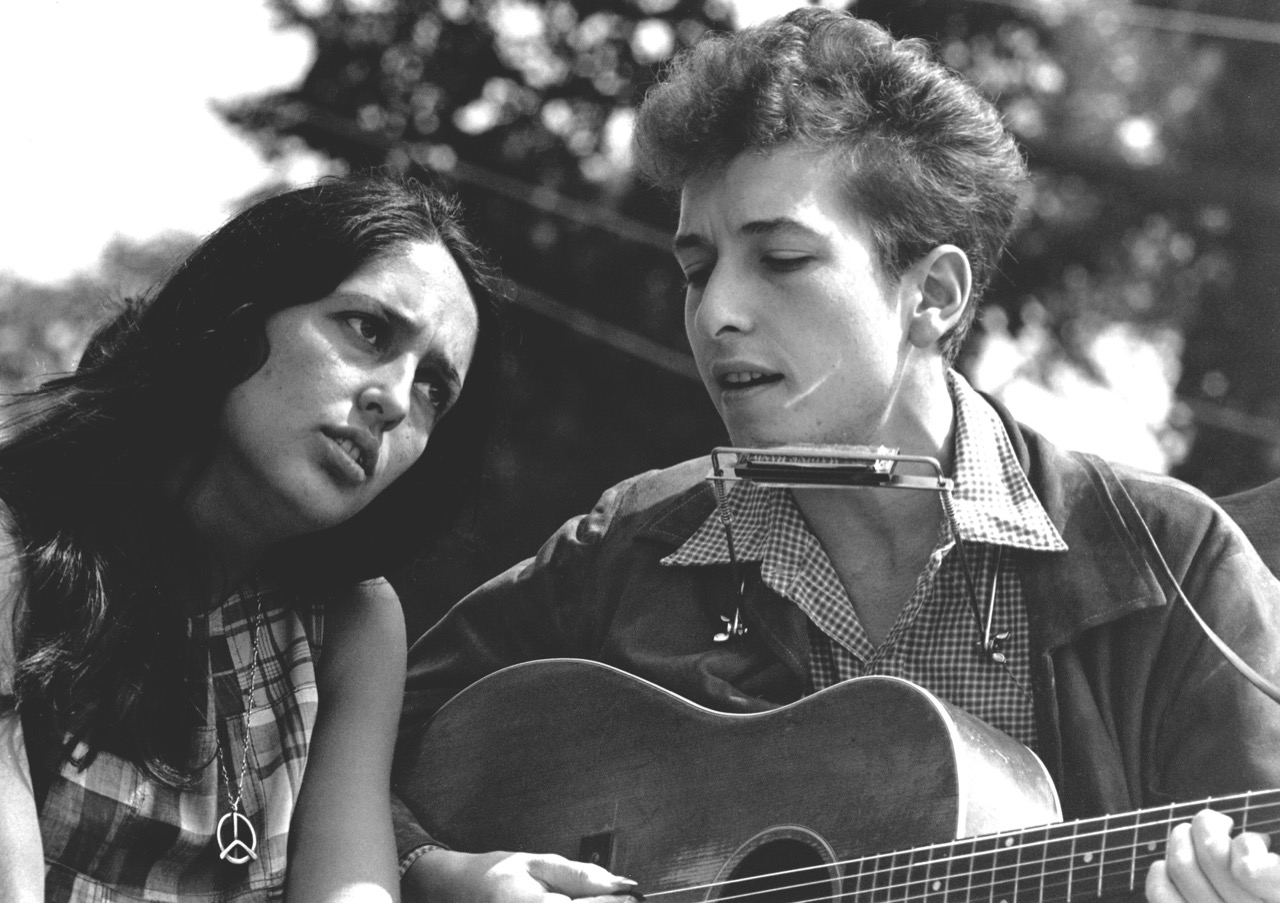
Joan Baez and Bob Dylan at March on Washington — Rowland Scherman 1963

Young girl at March on Washington Edith Lee Payne— Rowland Scherman 1963
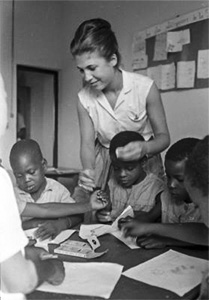
Peace Corps Volunteer teacher — Rowland Scherman
•
No comments yet.
Add your comment